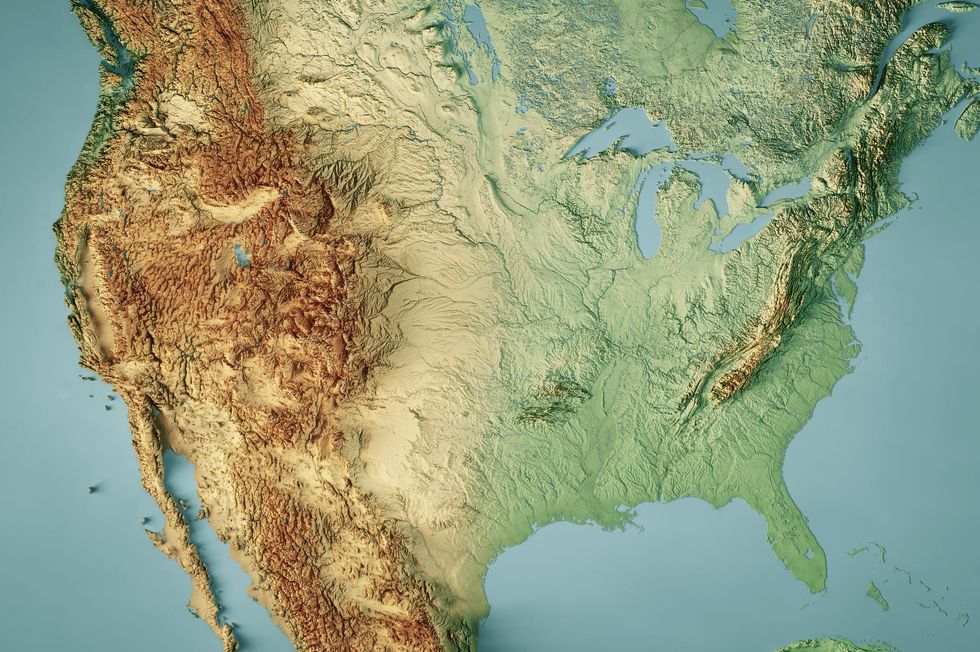
Changes in the taxes that America’s wealthiest pay have, like our oceans, come in waves. Our modern era’s opening swells started rolling over a century ago, when the 1913 adoption of the 16th amendment to the U.S. Constitution opened the way to taxing the incomes of the nation’s deepest pockets.
Starting that year, America’s deepest pockets faced a 7 percent tax on income over $500,000 a year, about $14.8 million in today’s dollars. Within just five years, under the pressure of World War I, our richest would be paying taxes — on income over $1 million — at a top rate of 77 percent.
Those rich would restore order in the 1920s. By decade’s end, no person of means in the United States faced a tax rate, on any dollar of income, over 25 percent. But then the Great Depression hit, and tax rates on the nation’s highest incomes once again started swelling, with a new 63 percent top rate in 1932.
By a dozen years later, in 1944, the tax rate on annual income over $200,000 — a bit over $3.2 million in today’s dollars — stood at a record 94 percent, and that top rate would hover around 90 percent for the next two decades, years that would see the most stunning rise in average American incomes ever, before or since.
This second wave started breaking in the mid-1960s, and the Reagan Revolution did it finally in with tax cuts that sheared the top-bracket income tax rate down from 70 to 50 percent in 1982 and 28 percent a half-dozen years later. That core top federal income tax rate has, ever since, bounced around between 31 and 39.6 percent, well under half the top rate in effect throughout the mid-20th century.
That federal tax-rate story doesn’t figure to change anytime soon, certainly not with Republicans running the House of Representatives. Our current federal tax rates on high incomes now appear frozen in place, at least into 2025. And that reality has now shoved the tax-the-rich debate down to the state level.
About half the states, analysts at the Institute on Taxation and Economic Policy note, are already moving on proposals that would reduce the tax bills that America’s most financially favored face. In Kansas, for instance, the top 1 percent of earners would realize an average $11,510 in tax savings if a proposed new “flat tax” and corporate tax cut go into effect, with just $192 in savings going to the state’s poorest 20 percent.
But progressive lawmakers in other states are taking the opposite tack. They’re accepting their states’ role as “laboratories of democracy.” They’re doing all they can to shear their richest and most powerful down to something approximating democratic size.
Lawmakers in seven states last month introduced legislation that aims, in some innovative ways, to raise taxes on their most fiscally favored. State lawmakers, says New York state senator Gustavo Rivera, need “to make sure we do at the state level what is not being done at the federal level.”
In Hawaii, state senator Karl Rhoads is leading the way on a proposal for a new wealth tax that would place “a tax of 1 percent of net worth per year on taxpayers with assets of more than $20 million.” Economies do better, Rhoads points out, “if you have the wealth spread out more.”
Lawmakers are advancing a similar wealth tax initiative in California. Assembly member Alex Lee from San José has introduced legislation and an accompanying state constitutional amendment that would subject the state’s richest 0.1 percent to a 1 percent tax on wealth over $50 million and a 1.5 percent tax on wealth over $1 billion. California’s current constitution caps taxes on personal property at 0.4 percent.
The tax would generate an estimated annual $21.6 billion, enough, says Lee, to sustain needed investments in education, “tackle homelessness, maintain and expand needed services, and much more.”
California, Lee adds, has been losing low- and middle-income residents who find themselves getting “priced out of this state because they can’t afford the high cost of living while shouldering the burden of paying for our roads, infrastructure, and schools.” The state’s rich, in the meantime, have “doubled their fortunes during the pandemic.”
“In my district in the East Bay,” points out Assembly member Liz Ortega, a supporter of Lee’s tax proposals, “the average rent is $2,200 per month and families are struggling. If billionaires have enough money to send themselves to space, they can afford to pay a little more to support our communities.”
In New York, state lawmakers have introduced a “mark-to-market tax” on New Yorkers holding net assets worth $1 billion or more. This new levy would, if enacted, have these wealthy facing a tax on the annual gain in value their assets have registered over the course of each year. A companion bill would place as much as a 15 percent annual tax on all forms of capital gain income over $1 million.
In Connecticut, lawmakers are seeking a statewide property tax on commercial and residential real property with an assessed value over $1.5 million as well as 1 percent and 0.75 percent surcharges on the gains that taxpayers in the state’s top two income brackets realize from the sale of their capital assets.
Tax attorneys Justin Hannan, Mariano Robert Beecher, and Emily Byrnes at the Day Pitney law firm are urging their affluent clients to take measures like these seriously.
“Even if taxpayers in New York and Connecticut feel that proposals like these are unlikely to become law now,” the Day Pitney attorneys note, “they would be well advised not to dismiss the possibility that these measures could gain traction over time.”
In Massachusetts, the lawyers go on to observe, lawmakers “recently passed a ‘millionaires tax’ after six failed attempts to impose a progressive tax system dating back over 100 years.” So even if New York and Connecticut lawmakers fail to pass the new tax-the-rich measures they now have pending, they add, “the mere existence of such legislation could be a harbinger of things to come.”
Let’s hope so.




